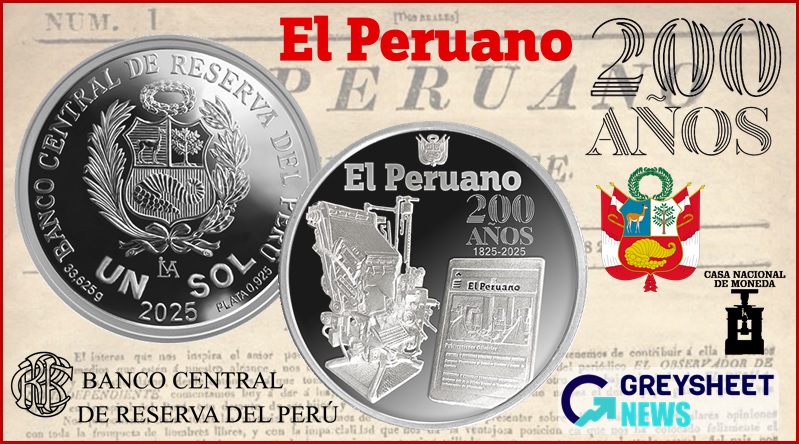Greysheet & CPG® PRICE GUIDE
- World Currency /
-
New France Currency & Banknote Values
About New France
New France (Nouvelle-France) was a territory colonized by France in North America, beginning with the exploration of the Gulf of Saint Lawrence by Jacques Cartier in 1534. New France consisted of five colonies at its peak in 1712, each with its own administration. Canada, the most developed colony, was divided into the districts of Montreal, Quebec, and Trois-Rivières; Hudson Bay; Acadie in the northeast; Terre-Neuve (Plaisance) on the island of Newfoundland. Louisiana, meanwhile, encompassed much of what is now the Midwest of the United States of America, from the Great Lakes to the Gulf of Mexico, of which the current state of Louisiana formed only a small part. In all, New France extended from Newfoundland to the Canadian Prairies and from Hudson Bay to the Gulf of Mexico, including all the Great Lakes of North America. French Banque Royale issues (France B401-) are known to have circulated in the Louisiana colony of New France. However, there is no evidence to indicate that these were overstamped or marked in any way to show they circulated in Louisiana. Any notes sold at auction claiming they did so should be regarded with caution. The Pick cross-references in this chapter are from the Canada chapter of the SCWPM; Krause does not treat New France as a separate entity.
| World Currency / New France | ||
|---|---|---|
|
|
Government | |
|
|
Trésorier (Treasurer) | |
Related Stories (powered by Greysheet News)
View all newsLegal Disclaimer
The prices listed in our database are intended to be used as an indication only. Users are strongly encouraged to seek multiple sources of pricing before making a final determination of value. CDN Publishing is not responsible for typographical or database-related errors. Your use of this site indicates full acceptance of these terms.


 Loading more ...
Loading more ...







